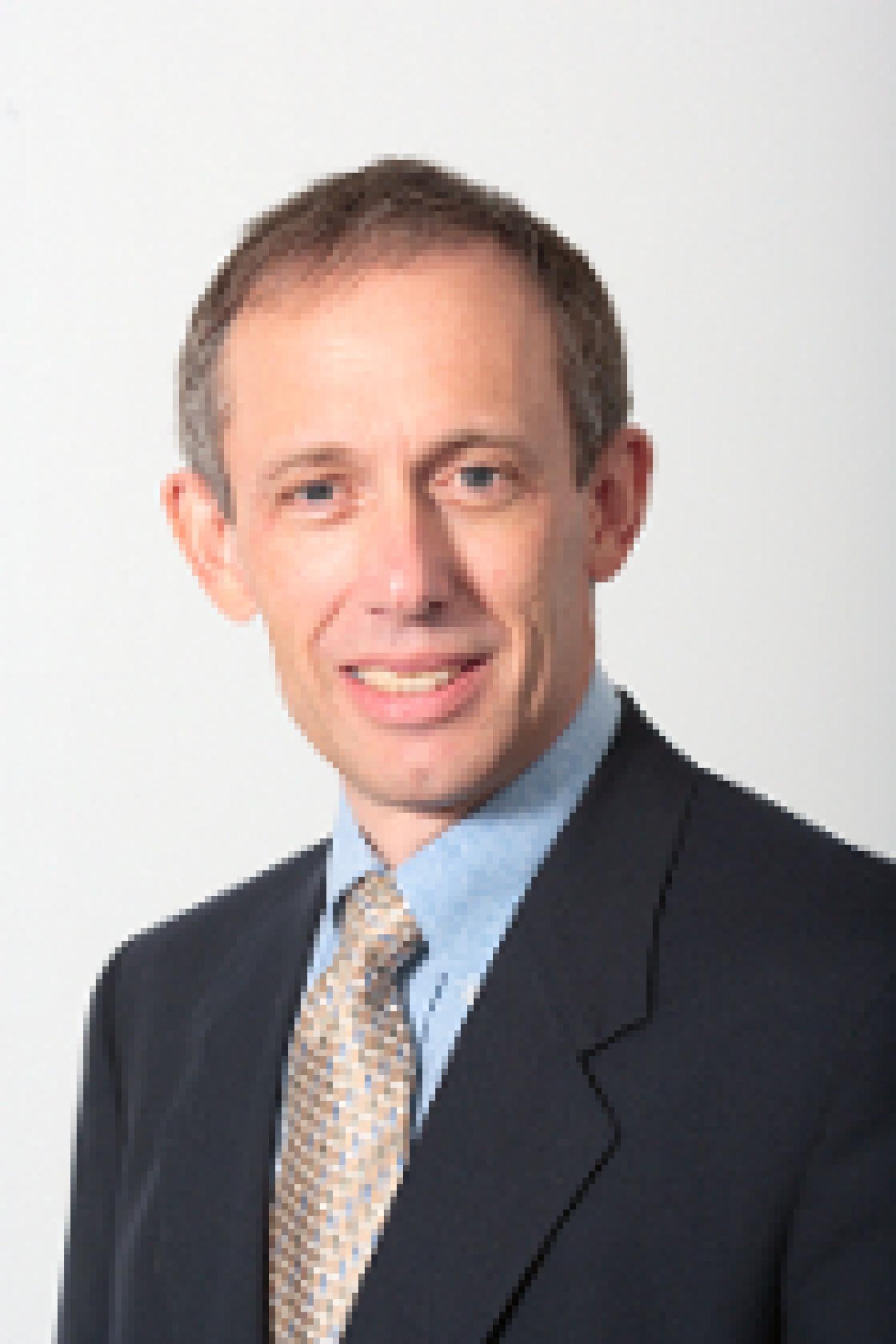Seminar: GOLD - Mission, Overview of the Early Observations, and Some Surprises - Feb. 8

Richard Eastes - LASP
Friday, Feb. 8, 2019 | DLC | 12:00 P.M.
Download Flyer
Abstract: The Global-scale Observations of the Limb and Disk (GOLD) mission provides unprecedented new data for expanding our understanding of the Thermosphere-Ionosphere system. Data from GOLD’s two-channel ultraviolet spectrograph include images taken from geostationary orbit at a 30-minute cadence that cover the full disk of the Earth as well as observations of the limb and more limited regions on the nighttime disk.
The dayside observations provide simultaneous images of the composition and temperature across the Earth’s lower thermosphere (near 160 km) for the first time.
The nightside observations of emissions from the Earth’s atmosphere and of stellar occultations on the limb exhibit surprising behaviors that present challenges to our understanding of the structure of the thermosphere and the behavior of the nighttime ionosphere. At night, recombination of atomic oxygen ions, created during the daytime, produces emissions that provide information about the structure and density of the ionosphere, especially in the equatorial ionization anomaly at low latitudes.
GOLD’s nighttime images encompass the region from western Africa, across the Atlantic, to the western coast of South America.
The images exhibit a surprising level of longitudinal, local time and daily variability. The longitudinal-local time structure of the equatorial anomaly is readily observed near the sunlit terminator and the development of gaps, sometime referred to as ionospheric bubbles, is frequently seen in the anomalies. Stellar occultations provide O2 density profiles from 140 to 240 km. The general behavior seen in early observations can be characterized as low O2 densities, sometimes 50% less than empirical models, near 180 km.
Bio: Dr. Richard Eastes is the Principal Investigator for NASA’s Global-scale Observations of the Limb and Disk (GOLD) mission. He is one of the world’s foremost authorities on the use of ultra-violet molecular emissions for remote sensing of the Earth’s thermosphere. He is a member of the Laboratory of Atmospheric and Space Physics at the University of Colorado Boulder.

